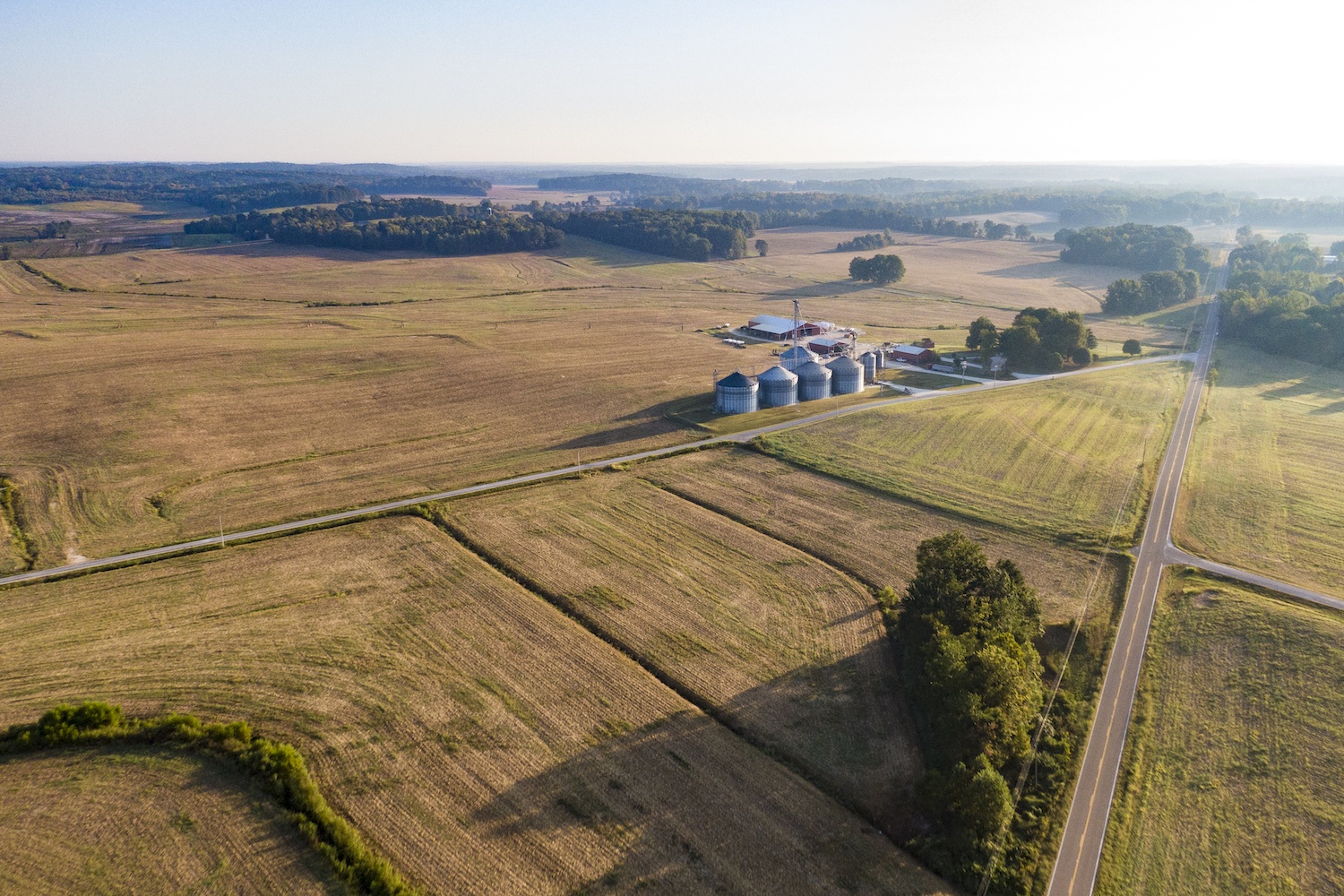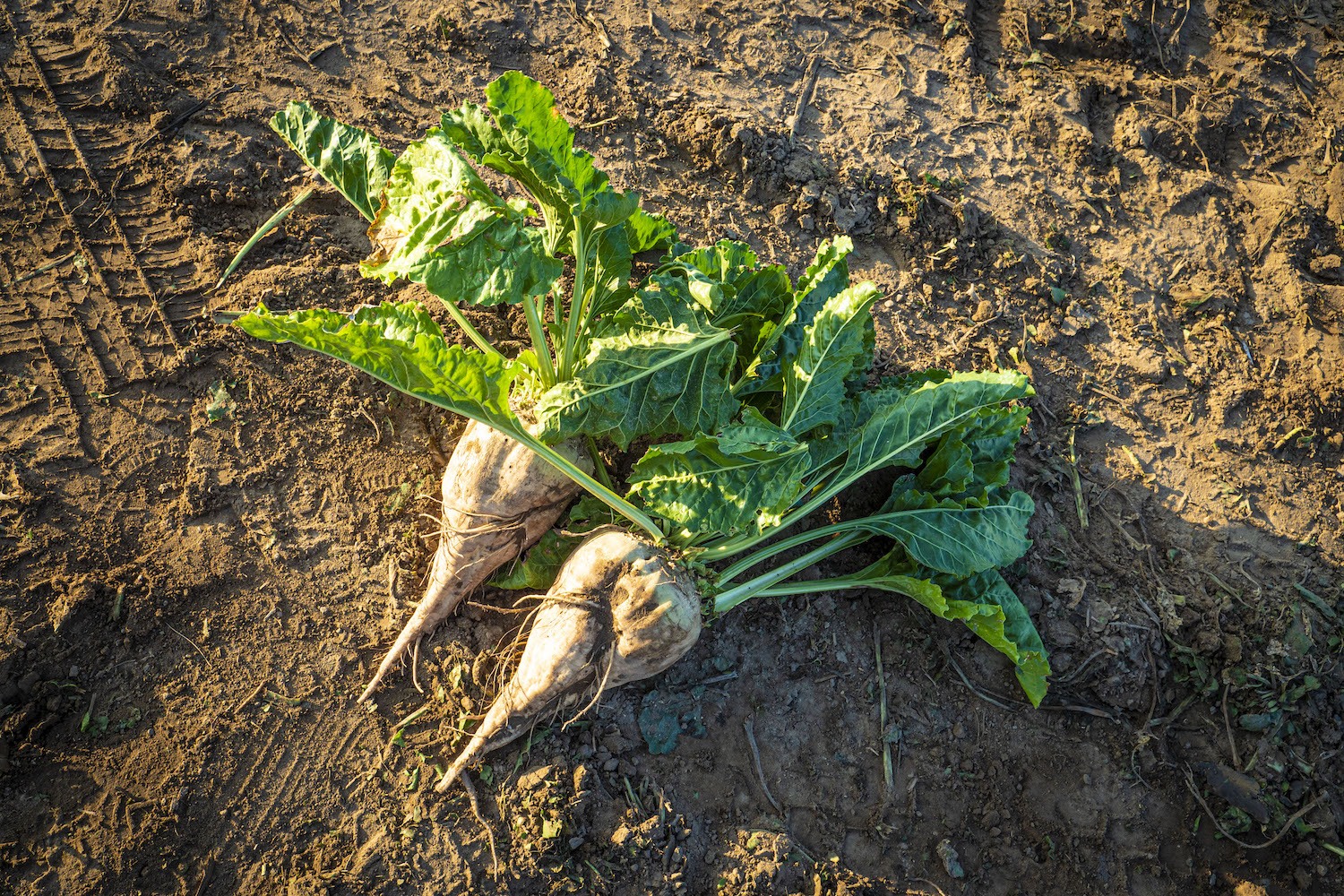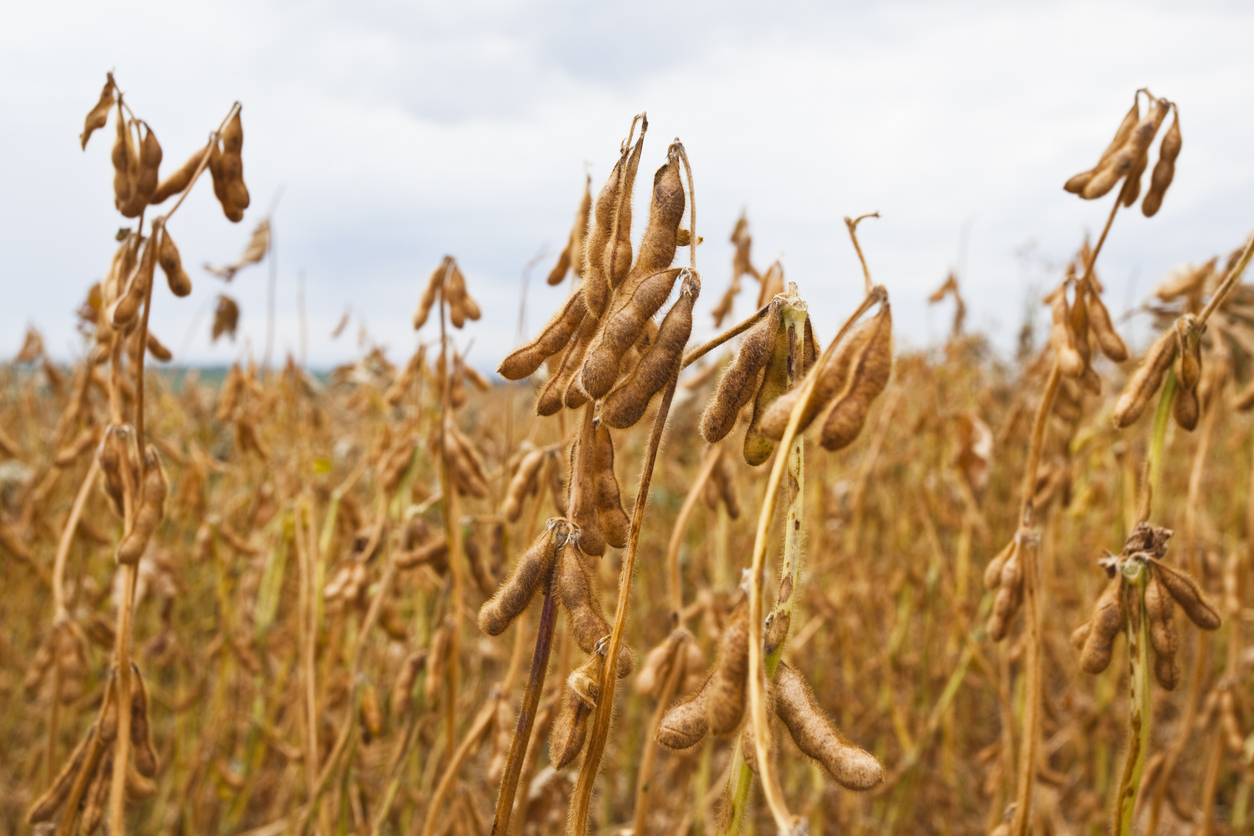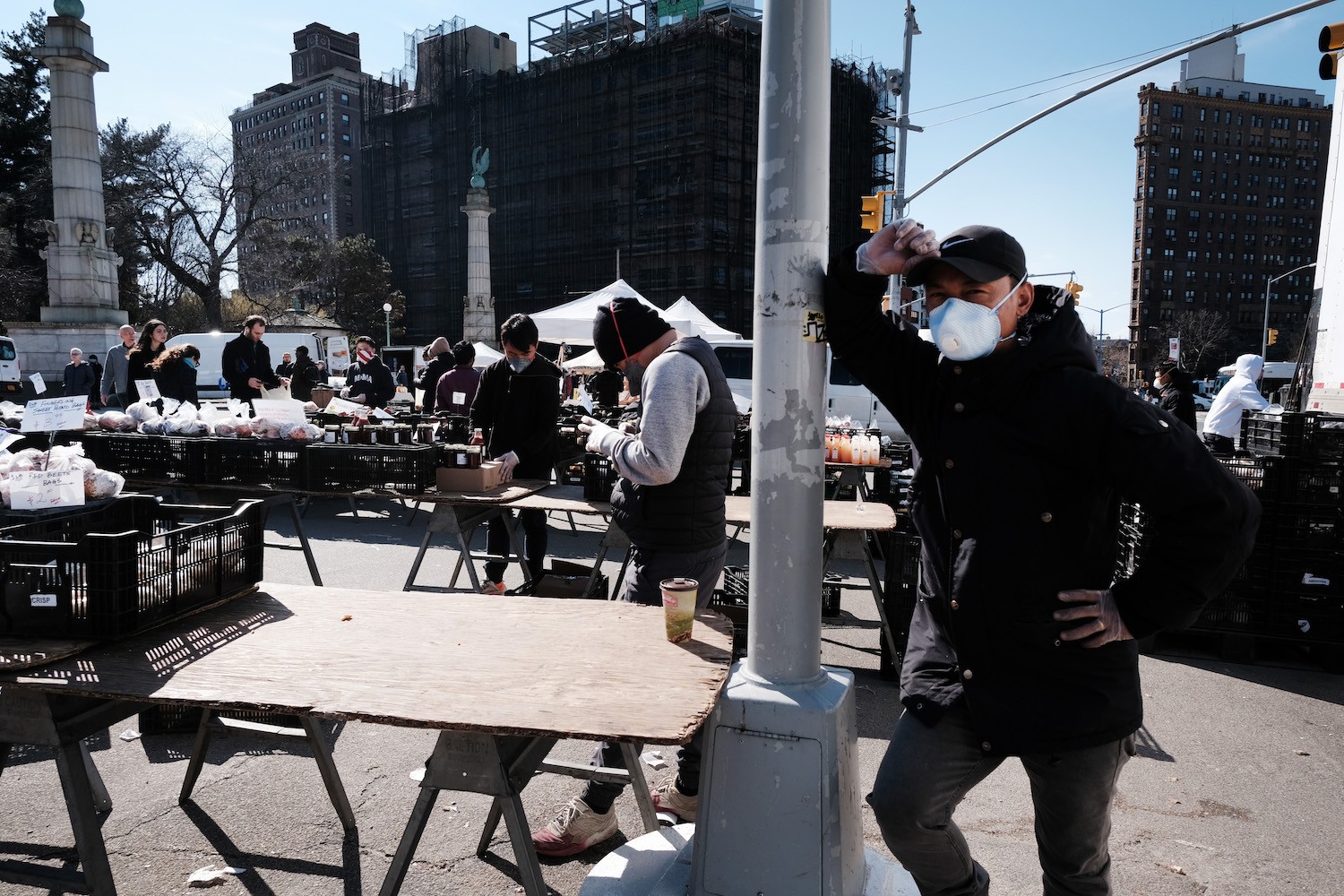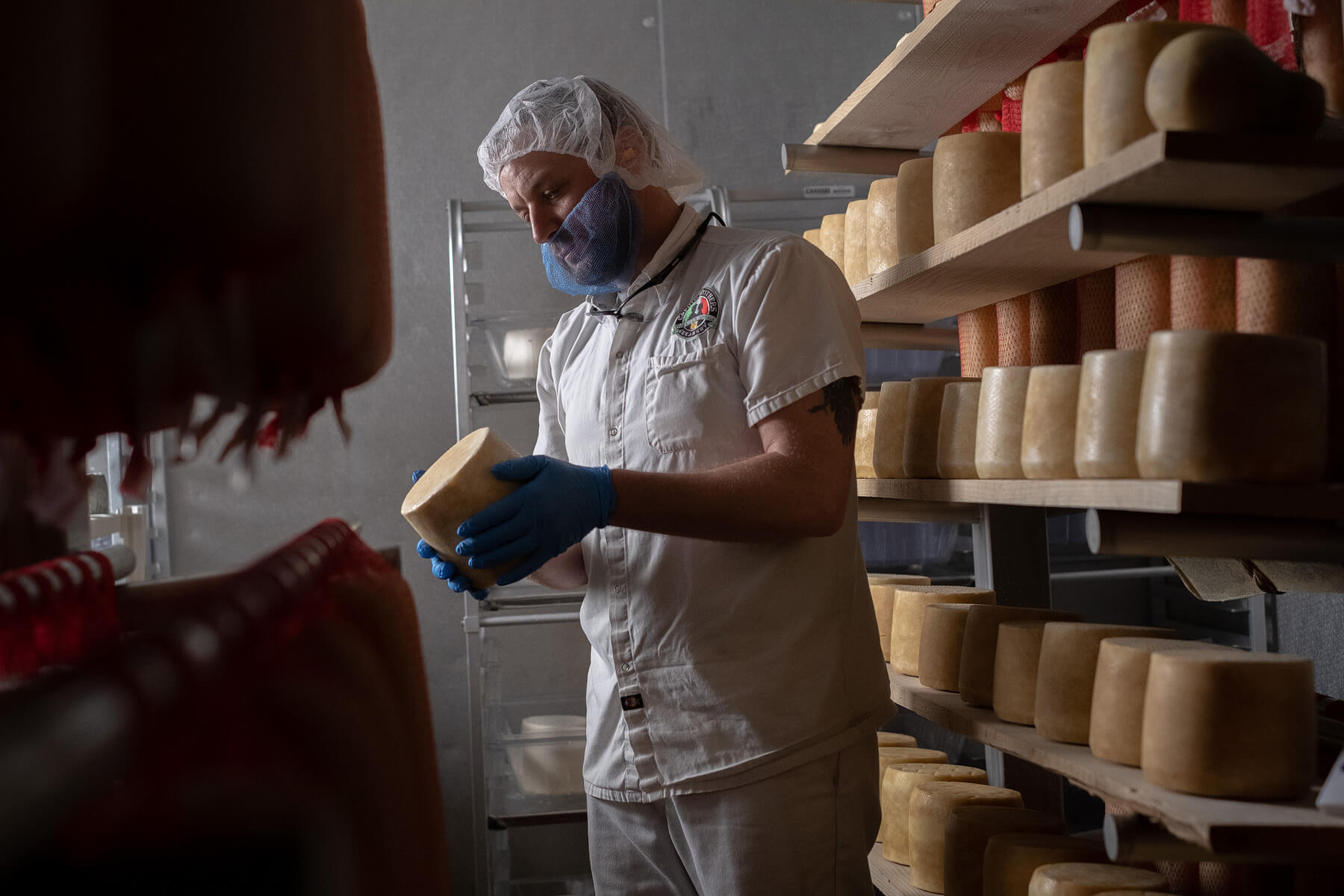Congress offered a lifeline for America’s “family farmers,” a definition that lumps million-acre commodity crop producers with 10-acre vegetable growers, so farms are classified by income. But everything depends on the federal agencies determining who is eligible for what and under which conditions. That has tens of thousands of independent farmers very worried.
In agricultural circles, celebration over the passage of the coronavirus stimulus bill on March 27 was short-lived. The law promised disaster relief to family farmers suffering cataclysmic losses from food industry-wide shutdowns caused by the Covid-19 pandemic. But Congress left the details to federal agencies, and within short order, the Coronavirus Aid, Relief and Economic Security (CARES) Act began sowing widespread confusion.
“There was a lot of money and not a lot of words in that bill,” said Patty Lovera with Campaign for Family Farms and the Environment, a Midwest membership organization that advocates for independent family farmers and rural communities.
With CARES, Congress handed the Department of Agriculture (USDA) $23.5 billion for boosting agricultural enterprises, but it stipulated that $9.5 billion of this go directly to support specialty crop, dairy, and livestock producers, including those who sell to farmers’ markets, schools and restaurants. It also infused new funds into two Small Business Administration (SBA) loan programs. All of this was a win for small- to mid-size farms—a group that includes many beginning farmers, veterans, and farmers of color, according to the National Sustainable Agriculture Coalition (NSAC).
“What differentiates our membership from the USDA definition is that all of our farmers are folks who are living and working on the land and many of them are really struggling through this period.”
But the big dollar signs came with no details about how the relief funds would be distributed. And so, urgent questions swirled like a spring squall. Everyone wants to know what specific financial relief the federal government would provide—and when—to family farms in crisis. In the eyes of USDA, 96 percent of the 2.2 million agricultural enterprises in the U.S. count as family farms, defined as those enterprises owned and operated by “individuals related by blood, marriage, or adoption.” But this definition lumps million-acre commodity crop producers with 10-acre vegetable growers, so farms are classified by income. Small farms are those grossing less than $250,000 per year, but most earn far less. According to USDA’s 2017 Census of Agriculture, there are nearly 2 million small farms, and the average income for all farms is $43,000 per year.
The National Family Farm Coalition (NFFC) represents 75,000 family farms, ranging from organic vegetable farmers in the Northeast to larger dairy producers in California and commodity grain growers in the Midwest. “What differentiates our membership from the USDA definition is that all of our farmers are folks who are living and working on the land,” said Jordan Treakle, NFFC policy director, “and many of them are really struggling through this period.”
“Those folks have been vulnerable for a long time and this is a nail in the coffin for operations that had such little profit margins even before this crisis.”
A March 2020 report from NSAC estimated that the total loss from disruptions of local and regional food markets could add up to $1.3 billion in just two months. “Those folks have been vulnerable for a long time and this is a nail in the coffin for operations that had such little profit margins even before this crisis,” Treakle said.
From direct payments for lost income and the costs of feeding animals and fueling tractors, to zero-interest loans for land payment and other overhead expenses, many independent farmers are in dire need of disaster relief. But everything depends on the federal agencies determining who is eligible for what and under which conditions.
Case in point: organic dairy farmers.
“It’s a scary time,” said Jill Smith, owner of Pure Eire Dairy located in the sagebrush country of eastern Washington state. Her family processes organic grass-fed milk, butter, and yogurt for markets in Seattle, most recently to Microsoft and the University of Washington. “Well,” she told me, “I lost that market.”
“Yet in these assistance programs we don’t seem to be considered essential to receive immediate funding and support.”
With the upsurge in local sales through farmers’ markets, buying clubs, and online food sales, many farmers like Smith, with direct markets, have rebounded. But after an initial rise in retail sales of Pure Eire Dairy products, she watched them plummet to just 30 percent of the previous week’s sales figures.
As the executive director of the Western Organic Dairy Producers Alliance, Smith has also watched several years of declines in milk demand and downward pressure on prices among the 285 member dairies. “We were in a bad position prior to this happening, but now the struggle is even worse.”
Without widespread eligibility for credit and loans, her member farmers may be forced to dump milk. “We’re considered an essential business to the food supply chain,” she told me. “Yet in these assistance programs we don’t seem to be considered essential to receive immediate funding and support.”
USDA has kept mum about its plans for allocating the COVID-19 aid package.
The first announcement from the federal government last week caused shockwaves: All farmers were excluded from the Economic Injury Disaster Loan (EIDL) administered by the Small Business Administration (SBA) for low-interest loans up to $2 million. Curiously, agricultural cooperatives, nurseries, and aquaculture businesses were eligible.
A coalition of farm groups, including National Farmers Union (NFU) and American Farm Bureau Federation, insisted that Congress intended to expand this disaster loan program to include farms, ranches, and agricultural cooperatives, and pressured SBA to make sure farm businesses stay in business.
Legislators joined in. “We write to urge your immediate attention and swift action on an issue that threatens to discriminate against rural areas and the farmers that are the backbone of rural economies,” began a bipartisan letter on April 2, signed by 36 members of the U.S. House of Representatives. This week, several senators, including Florida’s Republican Senator Marco Rubio, chairman of the Senate Committee on Small Business and Entrepreneurship, joined the congressional chorus.
Federal relief money typically goes to commodity crop producers, including agribusinesses and large-scale farms selling beef, soybeans and corn.
Raising the alarm, NSAC scrambled to clarify for its 130 member organizations what relief farmers could access immediately, including a new SBA loan forgiveness program called the Paycheck Protection Program (PPP) that covers payroll and other overhead costs—with caveats. On April 3, when PPP officially opened for enrollment through banks, NSAC learned, among other complications, that it did not cover pay for contract or foreign workers—a blow to specialty crop producers who depend on seasonal labor. “There’s been a long history with farmers not being eligible for SBA loans,” said Eric Deeble, NSAC policy director. Given the groundswell of bipartisan support, he said, “It would behoove SBA to act within existing authorities to make sure they can apply.”
Meanwhile, USDA has kept mum about its plans for allocating the Covid-19 aid package. And more than a week after Congress authorized USDA to infuse agricultural markets with money, the prevailing message was, “Wait and see,” according to farm groups.
NFU’s policy director Mike Stranz said last Friday that he had no news from USDA about how Secretary of Agriculture Sonny Purdue planned to structure the disbursements. “It’s a pretty daunting task that the Secretary has and there’s much riding on it,” he said.
Small-scale produce producers, dairy farmers and ranchers who sell into local markets are some of the groups in line for the direct payments, loan programs and credit plans.
Asked about a timeline, a USDA spokesperson said by email: “We are swiftly evaluating the authorities granted under the CARES Act and will leverage our programs to alleviate disruption as necessary.”
The SBA did not respond to a request for comment.
Federal relief money typically goes to commodity crop producers, including agribusinesses and large-scale farms selling beef, soybeans, and corn. “It’s who they know,” Campaign for Family Farms and the Environment’s Lovera said. “Now everybody’s in the mix saying, ‘Hey, you’ve got to do this fairly and get it to all different kinds of producers.’”
Small-scale produce producers, dairy farmers, and ranchers who sell into local markets are some of the groups in line for the direct payments, loan programs, and credit plans that farming groups hope are forthcoming.
“There’s a moral imperative right now for the USDA to ensure that family farmers have a future.”
This week, NSAC launched a national campaign to mass-collect signatures on a letter to be sent to Secretary Purdue on April 8. The letter states the risks and sacrifices of the country’s food producers and workers who are being directly affected by the health crisis along with unexpected additional expenses—including investments in online sales platforms and sanitation supplies. “Do right and feed everyone,” the letter states, citing the USDA’s own motto. It urges the agency to offer “fair access to capital” and program flexibility “to provide direct aid to help stabilize and support local and regional market operations.”
Small farm advocates are banking on a relief program that isn’t business as usual. “There’s a moral imperative right now for the USDA to ensure that family farmers have a future,” said Tim Gibbons with the Missouri Rural Crisis Center. The center represents about 5,000 rural and generally older family farmers who have suffered for years from prices below cost of production, market consolidation, and the trade war with China. Then came the gut punch of Covid-19.
Gibbons holds a small measure of hope that federal agencies will support these farmers’ ability to bring wealth back into their communities, which means making sure that the money goes to people, not corporations. People like Darvin Bentlage, a fourth-generation farmer who raises registered Angus cattle, soybeans, corn, and wheat in southwestern Missouri.
“I hope that they do a better job of distributing to actual farmers and don’t get too carried away with the industry, you know?”
At 64 years old (the average age of farmers is 58), Bentlage weathered the 1980s farm crisis and the recent trade war, watching USDA bailouts go to corporate giants like Brazil-owned JBS. “This is worse than anything I’ve seen,” he told me. “I hope that they do a better job of distributing to actual farmers and don’t get too carried away with the industry, you know?” Many grocery stores can’t keep meat in stock as people panic-buy over coronavirus fears, but Bentlage is facing rock-bottom prices for his cattle and a cancelled spring livestock sale. “We’re walking on the edge of a tightrope,” he said.
The consensus is that while it’s important for USDA and SBA to respond quickly, it’s equally important to distribute the funds equitably. “Shoveling money out the door and not getting it to the folks who are experiencing those revenue losses is not helpful,” said NFFC’s Treakle. There’s a long list of policy needs in the administration of these disaster relief programs so that family farmers “can keep the lights on until the markets recover.”
Some of the answers may start to emerge by the end of this week, according to NSAC’s Deeble. “My expectation is that he [Purdue] will be announcing rough top-line numbers for the division of that $9.5 billion.”
While everyone is eager to hear specifics about this massive payment program, the devil is not only in the details. Dairy farmer Smith proposed that it’s critical to consider the unique position of farmers on the frontlines of feeding a hungry America. “When you look at this from a small business perspective, we don’t just shutter the doors and walk away,” she said. “In the agriculture world, when you lose your business, you’re potentially going to lose your home and everything along with that.”
